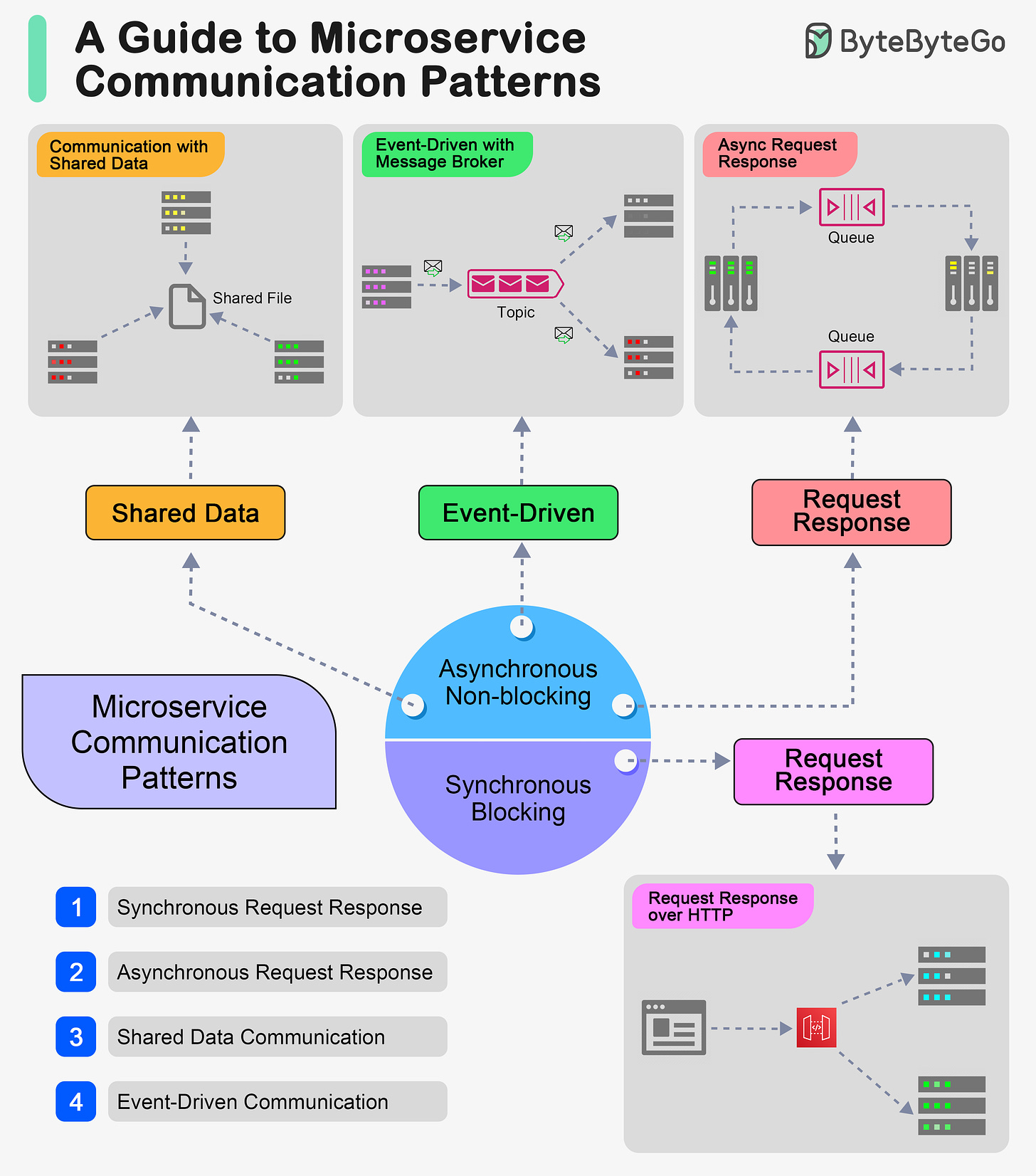Microservices architecture promotes the development of independent services. However, these services still need to communicate with each other to function as a cohesive system.
Getting the communication right between microservices is often a challenge. There are two primary reasons for this:
When microservices communicate over a network, they face inherent challenges associated with inter-process communication.
Developers often choose a communication pattern without carefully considering the specific needs of the problem. This can lead to suboptimal performance and scalability.
In this post, we explore various communication patterns for microservices and discuss their strengths, weaknesses, and ideal use cases.
But first, let’s look at the key challenges associated with microservice communication.


